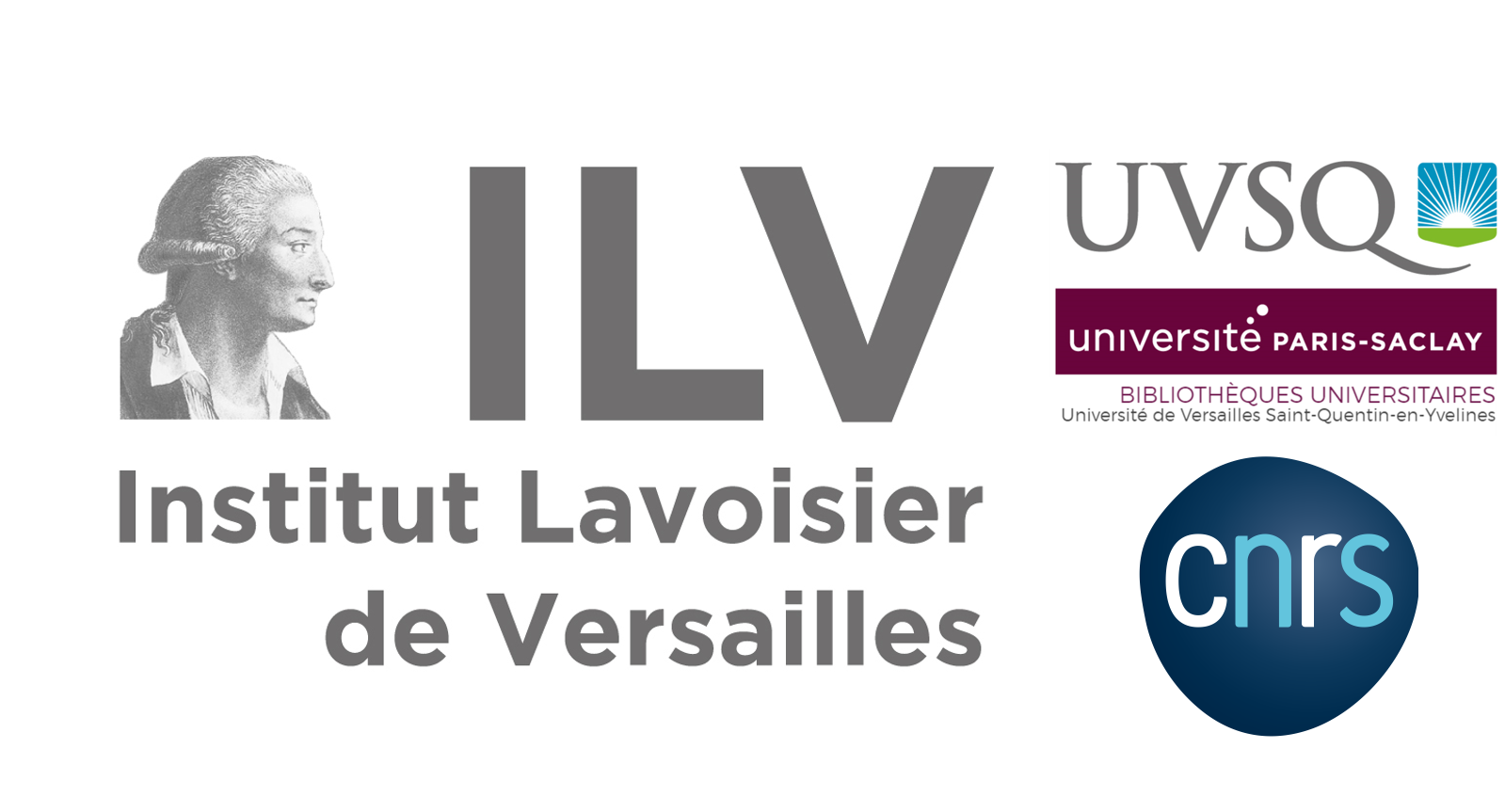Detoxification of Chemical Warfare Agents by a Zr‐Based MOF with High Recycling Ability at Physiological pH
Résumé
Abstract The neutralization of organophosphorous (OP) chemical agents used in modern warfare is a growing concern due to their extreme toxicity to human cells. In several previous works, although the capability of several Zr‐MOF‐based catalysts has been showcased to facilitate hydrolysis of OP agents in heterogeneous pathways, their usage appeared to be limited by very slow kinetics at neutral pH. There is still a lack of MOF based catalysts that can detoxify OPs at physiological pH. The recycling ability of MOF‐based catalysts has also not been greatly explored. Thus, herein, we explored a Zr‐based MOF, MOF‐801(Zr) for the detoxification of a series of OP nerve agents and a pesticide with simultaneous adsorption and degradation at pH 7.5 in a buffer solution, close to physiological conditions. This MOF‐based catalyst demonstrates significant hydrolysis activity towards several nerve agents, with up to 99 % conversion within 2 h and an excellent half‐life of less than 5 minutes. In addition, it can be recycled at least 5 times consecutively with a residual activity of at least 90 %.
Domaines
Chimie
Fichier principal
 ChemNanoMat - 2024 - Biswas - Detoxification of Chemical Warfare Agents by a Zr‐Based MOF with High Recycling Ability at.pdf (3.88 Mo)
Télécharger le fichier
ChemNanoMat - 2024 - Biswas - Detoxification of Chemical Warfare Agents by a Zr‐Based MOF with High Recycling Ability at.pdf (3.88 Mo)
Télécharger le fichier
| Origine | Fichiers éditeurs autorisés sur une archive ouverte |
|---|---|
| licence |





